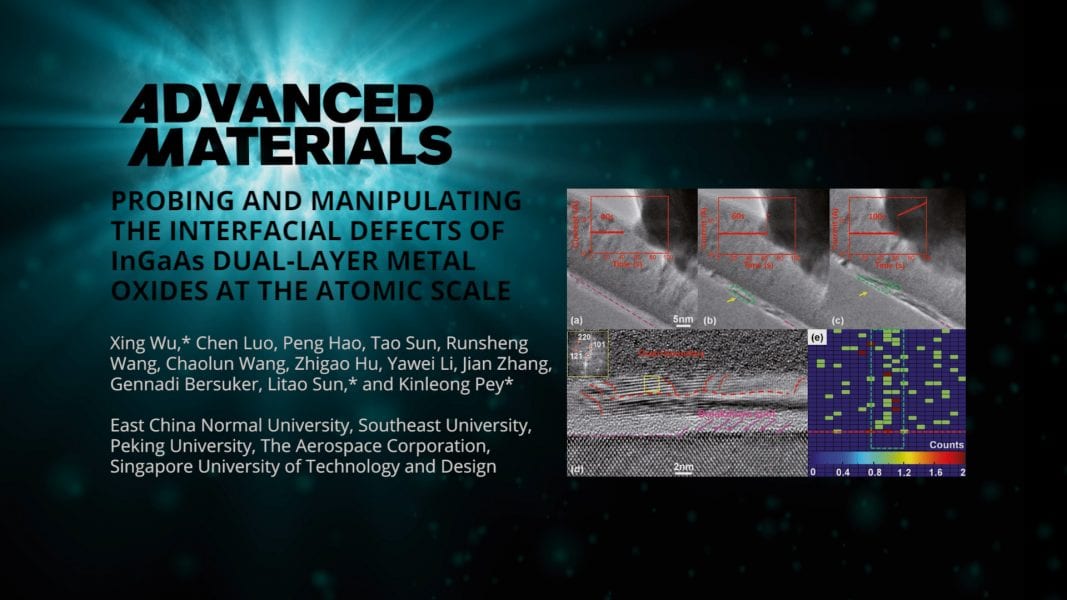A team of researchers use in-situ transmission electron microscopy (TEM) to record the dynamic evolution of structural and electrical interfacial properties of zirconium dioxide films on aluminum oxide and indium gallium arsenide (InGaAs) substrates. This investigation paves the way towards faster, more efficient high-speed electronic devices.




















